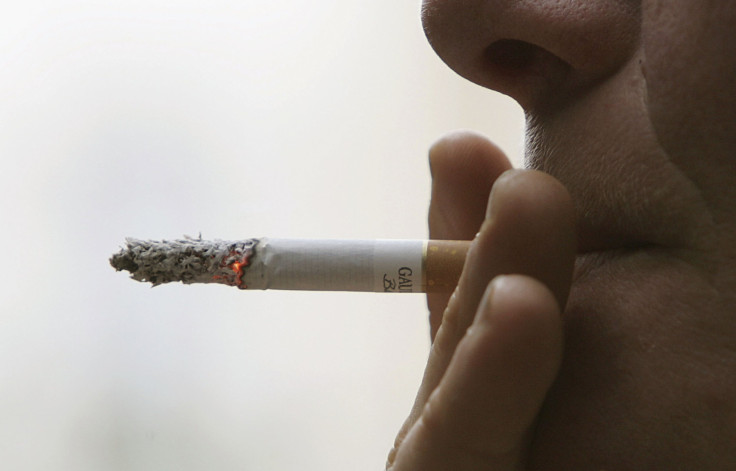World Lung Cancer Day 2017: Facts About The Deadly Disease

World Lung Cancer Day is commemorated on Aug. 1, 2017. Two of the biggest organizations which support those suffering from lung cancer, the American College of Chest Physicians (CHEST), and the Forum of International Respiratory Societies (FIRS) got together last year to raise awareness about the disease. They started an educational movement about ways to reduce the alarming impact it currently has on the world.
To that effort, here are a few facts on World Lung Cancer Day 2017:
1. The abnormal growth of cancerous cells inside the lung, growing at a rapid pace, leads to lung cancer. There are two types of lung cancer - non-small cell lung cancer (NSCLC), and small cell lung cancer (SCLC). NSCLC accounts for 85% of the cases and is divided into subtypes like adenocarcinoma, squamous cell carcinoma, and large cell carcinoma, etc.
Read: Lung Cancer Vaccine: Cuban Drug Coming To US In Historic Move To Combat Deadly Disease
2. Even though there are various causes of lung cancer, smoking remains at the top of the ladder. The risk of developing lung cancer can vary with the number of cigarettes one smokes in a day and the extended period of time that one engages in the habit of smoking, according to the International Association for the Study of Lung Cancer. Passive smokers or second-hand smokers, who inhale smoke from other people's lit cigarettes on a daily basis, also stand to develop lung cancer. People are often unaware of the fact that alcohol also increases one’s chance of getting lung cancer.
3. Other smoke or gases that can cause lung cancer are fumes emitted from asbestos and other substances like arsenic, chromium and nickel. Unsafe levels of the radon gas produced by the natural breakdown of uranium in soil, rock and water can also pollute the air and lead to developing lung cancer. If a person is concerned about his/her habitat being affected by dangerous levels of radon gas, one can use radon testing kits available at utility stores, to test the air around the place you live or work.
4. Lung cancer is to a certain extent hereditary and a risk for even non-smokers. People who know that they are at a high risk of getting lung cancer may consider going in for a screening as it helps in diagnosing the disease ahead of the symptoms showing up, Lung Cancer reported.
Read: Lung Cancer Patients Don’t Reap Benefits From Whole Brain Radiotherapy, Study Says
5. Some of the common symptoms of lung cancer are excessive coughing up of blood, pain in the chest area, back or shoulder, shortness of breath, hoarse voice, bronchitis, pneumonia, skin discoloration and unintentional weight loss.
6. Even though lung cancer is the leading cause of cancer-related deaths in the United States, killing more people than colon cancer, breast cancer, and prostate cancer combined, the federal government assigns more funds to breast cancer research than lung cancer studies. In 2015, the government spent $349 million on lung cancer research, while contributing $674 million towards breast cancer research.
7. Despite the lack of federal support, lung cancer medications have become more advanced and people dying from the disease have declined. Treatments such as targeted therapy and immunotherapy are now being coupled with chemotherapy and radiation therapy for more effective results. Deaths due to the disease have been falling 2.2% on average each year.
© Copyright IBTimes 2024. All rights reserved.












